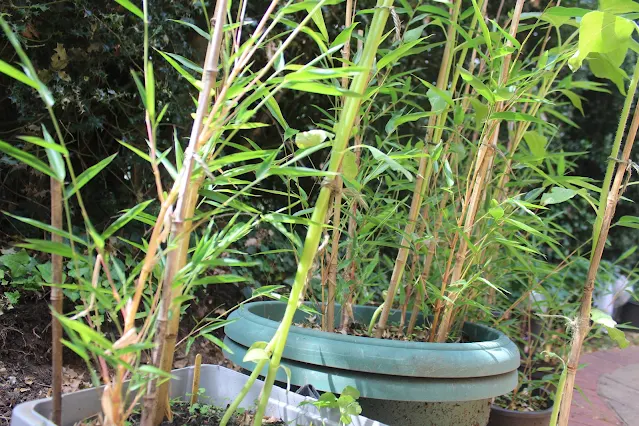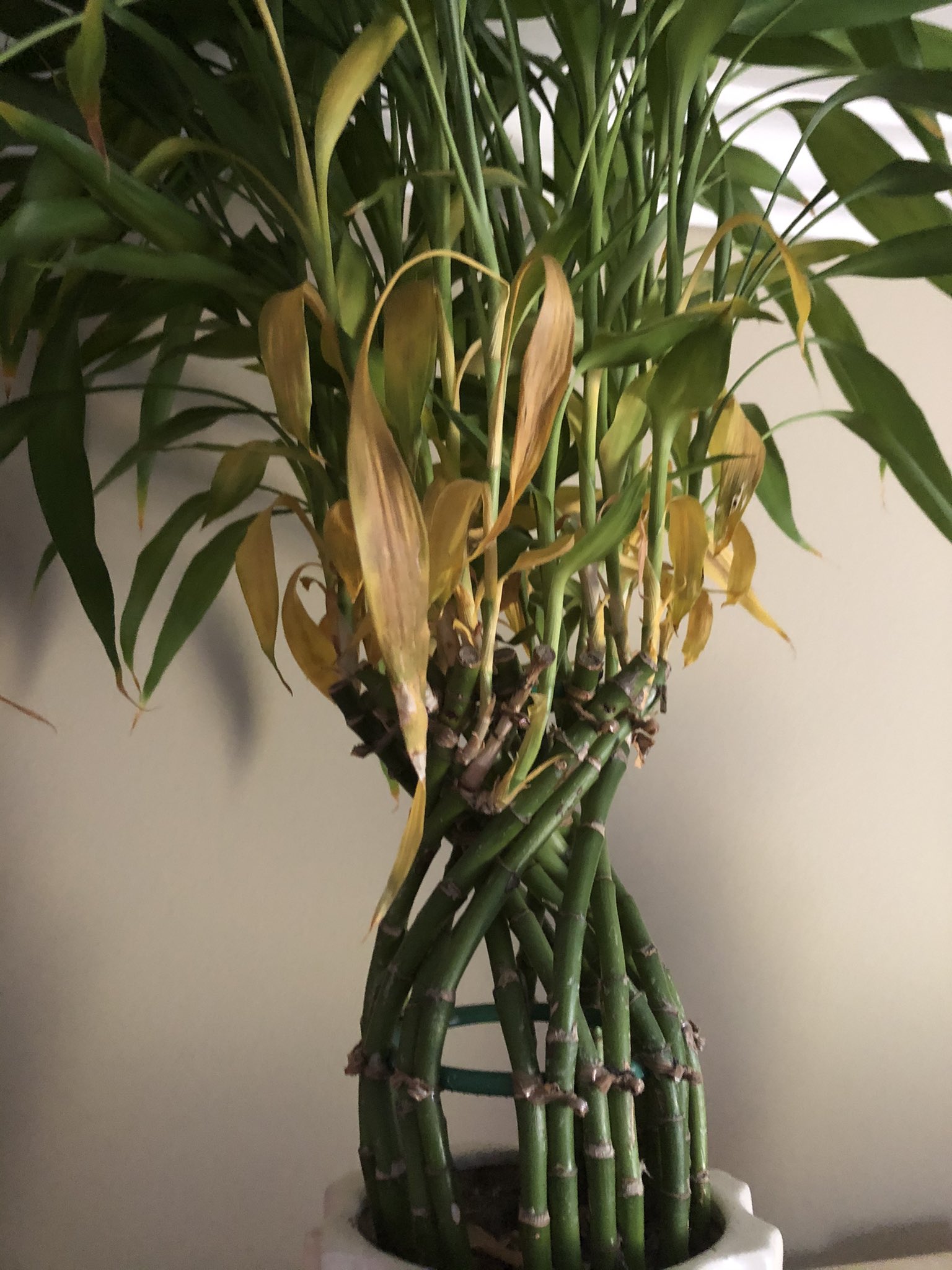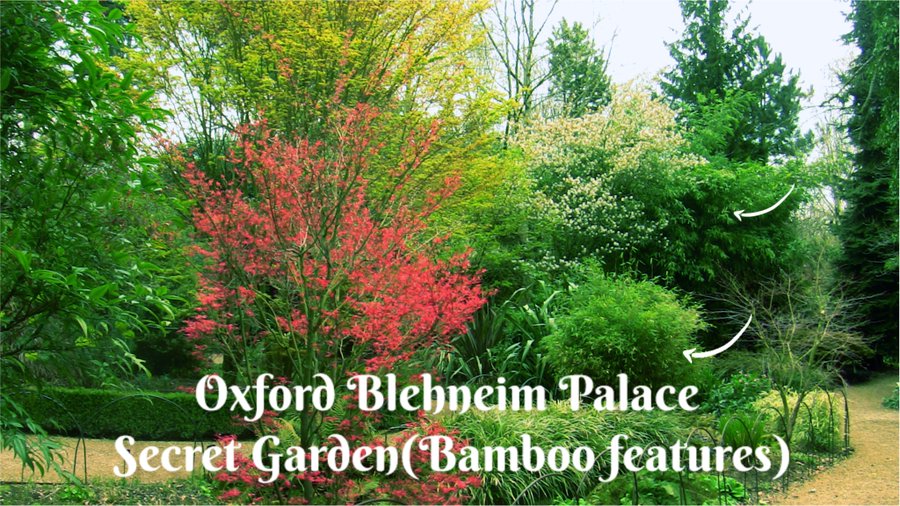Bamboo plants are a popular choice for homeowners and gardeners alike, due to their ease of care and elegant appearance. However, it is important to note that not all bamboo plants are safe for cats.
Non-toxic Bamboo to Cats
True bamboo, specifically those belonging to the subfamily Bambusoideae, is not toxic to cats. This means that most species of true bamboo are safe for cats. Some examples of true bamboo plants include:
- Golden bamboo (Phyllostachys aurea)
- Fishpole bamboo (Bambusa vulgaris)
- Bamboo vine (Nandina domestica)
- Good luck palm (Chamaedorea elegans)
- Reed palm (Raphis humilis)
Toxic Bamboo to Cats
However, it is essential to be cautious because many plants commonly referred to as "bamboo" are not genuine bamboo and can be toxic to cats. Some examples of non-toxic bamboo plants include:
- Lucky bamboo (Dracaena sanderiana)
- Heavenly bamboo (Nandina domestica)
- Bamboo palm (Chamaedorea elegans)
If you have a cat, it is important to be sure to identify any bamboo plants in your home or garden to make sure they are not toxic. If you are unsure, it is best to err on the side of caution and keep them out of reach of your pet.
Here are some additional tips for cat owners:
- Research: If you're considering getting a bamboo plant, ensure you choose a species that is not toxic to cats by researching the specific plant type.
- Placement: Keep all bamboo plants, as well as other potentially toxic plants, out of your cat's reach to prevent accidental ingestion.
- Enrichment: Provide your cat with a variety of safe and stimulating toys and activities to prevent boredom, reducing the likelihood of them chewing on plants.
- Monitoring: If you catch your cat eating bamboo, remove the plant from their reach and contact your veterinarian immediately.
What to do if your cat eats bamboo
If you suspect your cat has consumed bamboo, it's essential to contact your veterinarian immediately. They will assess the situation and recommend the appropriate treatment.
In cases where a cat has ingested a small amount of a non-toxic bamboo plant, they should generally be fine. However, it's always best to consult a veterinarian for guidance.
If a cat has ingested a toxic bamboo plant, they may exhibit symptoms such as vomiting, diarrhoea, lethargy, and abdominal pain. In severe cases, they might even experience seizures or go into a coma. In such instances, it is crucial to seek veterinary attention without delay.
Informational sources for further reading:
- American Society for the Prevention of Cruelty to Animals (ASPCA)
- University of California, Davis School of Veterinary Medicine
- Pet Poison Helpline
Please note that this information is intended to be informative and should not be used as a substitute for professional veterinary advice. If you have any concerns about your cat's health or safety, please consult your veterinarian.


.png)
![Bambusoideae Phyllostachys Bambusoides [Japanese Timber Bamboo] Bambusoideae Bambusoides Japanese Timber Bamboo](https://i0.wp.com/www.gardenbambooplants.com/wp-content/uploads/2021/10/Giant-Timber-Bamboo-Medake1.jpg?w=800&ssl=1)


